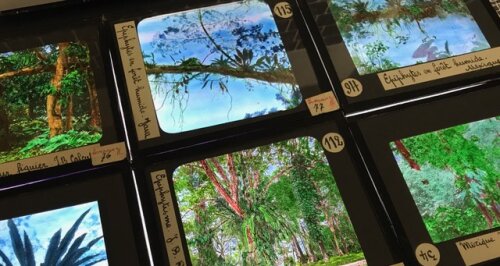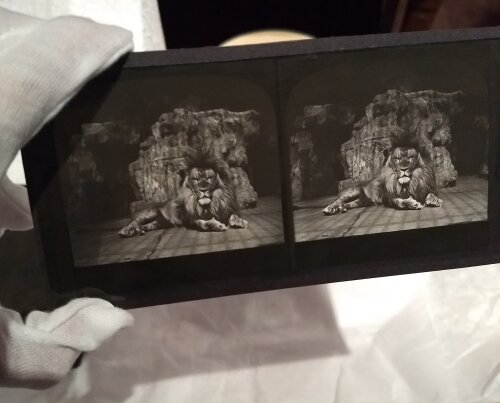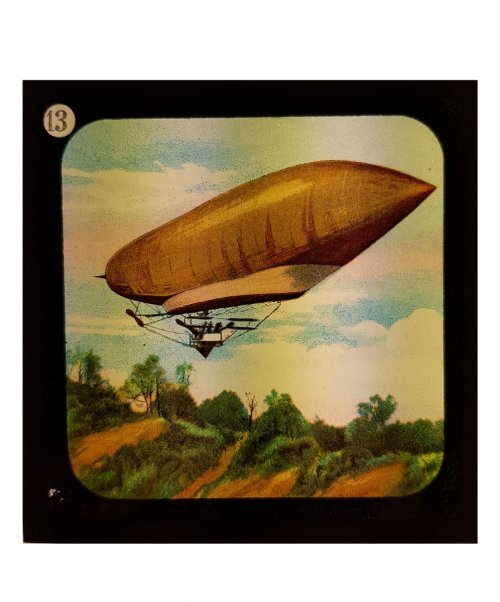The magic lantern

The magic lantern was one of the first visual mass media. It was used for visual communication in education, religion and politics, but also in science and art. Scientists and entertainers, teachers and priests, political movements and organisations: they all used projected visual narratives to inform, entertain, educate and mobilize audiences of up to more than a thousand people per occasion. The lantern was the first visual mass medium to contest the printed word as a primary mode of information and instruction. All layers of society, both literate and illiterate, received visual information about nature, religion, science, new technologies and foreign countries.
Role of the magic lantern
The B-magic project aims to rediscover the various functions of the lantern performance within the Belgian public sphere, in particular, its use in the transmission and negotiation of knowledge, norms and values by different societal groups. Scientists and entertainers, teachers and priests, political movements and organisations: they all used projected visual narratives to inform, entertain, educate and mobilize audiences of up to more than a thousand people per occasion. The lantern was the first visual mass medium to contest the printed word as a primary mode of information and instruction. All layers of society, both literate and illiterate, received visual information about nature, religion, science, new technologies and foreign countries. Our team therefore consists of researchers from cultural history and history of science, media and communication science, and film and theatre history. Together, we will investigate the role of the magic lantern in the first hundred years of Belgian history.

The B-magic consortium will research the pivotal role of the magic lantern in Belgian society from the country’s independence (1830) up to 1940, when its use declined. To this end, it brings together an interdisciplinary team of researchers from Performance Studies, Cinema and Media Studies, Urban History, History of Science and Knowledge, Communication Studies, Semiotics, and Narratology. B-magic will produce the first comprehensive study of the role of the magic lantern as a mass medium in a country.
Slide collections
The Belgian B-magic project ties in with a broader international trend. For some years now, the magic lantern has been recognised as an important aspect of European heritage. The historical value of the slides is often underestimated and when it comes to large collections, people are often unsure what to do with them or how to store them. That is one of the reasons that European universities are now working closely with collectors and museums to digitise and preserve this vulnerable medium.

In Belgium, too, many collections have been found. During a preliminary investigation,
Dr Sabine Lenk and Dr Nele Wynants – researchers at the universities of Antwerp and Brussels – found around 100,000 glass slides in Belgian museums, libraries and universities. There are probably many more. The subjects are very diverse and vary from geography, anatomy and microscopy to astronomy. Politicians, the clergy and freemasons also projected images of the lives of saints, distant journeys, colonies and symbols in order to help spread their ideas. “These collections offer unique insights into how Belgian visual culture has developed since the country’s inception. They are an important and necessary addition to more widely known written sources”, say the researchers.